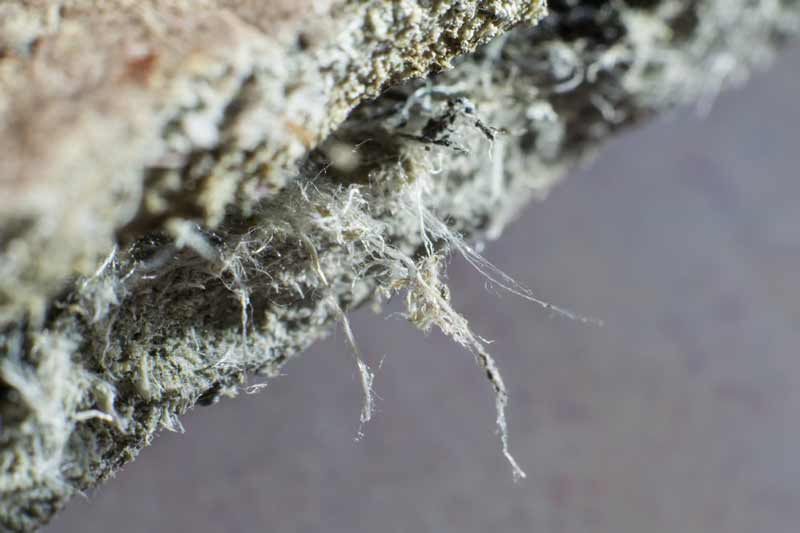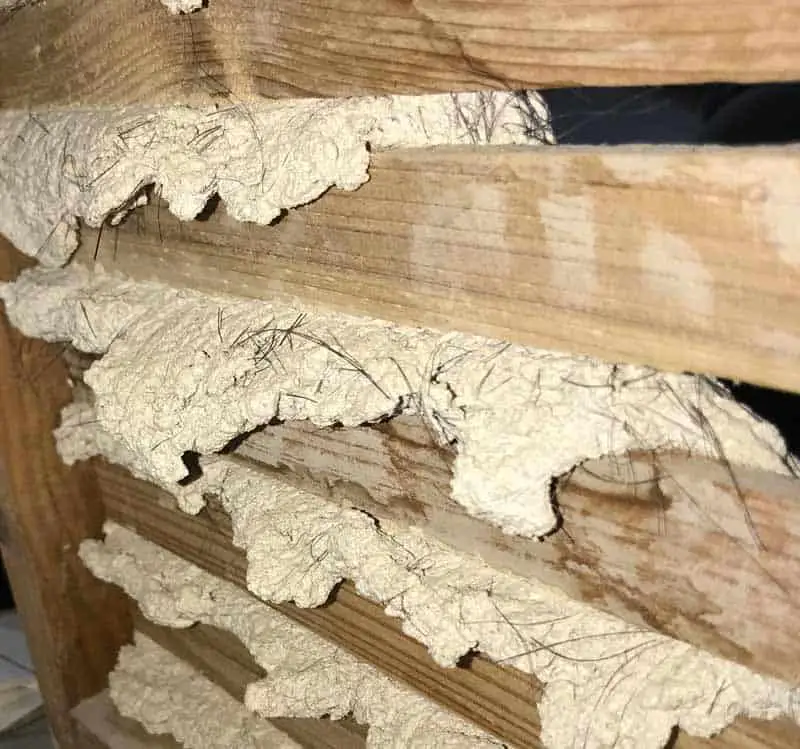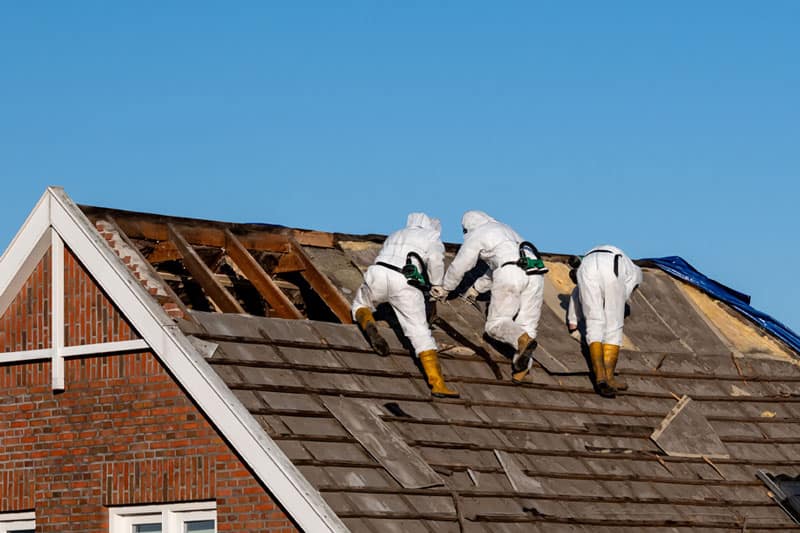
When doing modifications or repairs to your home, it’s always a worry that you may come across some asbestos. Some old plasters appear to have fibres in them that may concern some people. So does lime plaster contain asbestos?
Lime plaster doesn’t contain asbestos. It is normal for lime plasters to contain fibres such as horse hair and goat hair, and modern lime plaster may contain plastic fibres. Unlike asbestos, these fibres do not pose any significant health risks. Old lime plaster will often appear white and may be crumby. Although lime plaster should not contain asbestos, if you feel unsure, get an expert to inspect and test the plaster before disturbing it.
What Are The Fibres In Lime Plaster If They Arent Asbestos?
Lime plaster should not contain any asbestos or asbestos products. Depending on where it was made, many different hairs and fibres have been used for lime plaster production. These include, but are not limited to, the following; horse, ox, cow, goat, deer, yak, llama, hemp, sisal and jute fibres can all be used in lime plasters. This is perfectly normal and safe.
Fibres were and still are added to lime plasters to increase tensile strength (the maximum tension the plaster can take before it cracks or breaks) and reduce shrinkage. The most common fibres used in the UK are horse and goat hair. Horse hair was added to the first and sometimes second coat, especially for plastering on laths which helped to ‘hook’ the mortar onto the individual laths.

In some cases, goat hair is added to the final coats of lime plaster. This is because it is finer than horse hair, making it less obvious and more pleasing to look at. Goat hair can help increase the plasters longevity in more exposed locations. Fibres in Old plasters can sometimes have remained untouched for centuries, so they were applied well before it became common to use asbestos for insulation and other building materials (the 1930s onwards).
Related article: What Are The Best Paints For Lime Plaster?
How To Be Sure Plaster Doesn’t Contain Asbestos?
It can sometimes be difficult to determine if a plaster is cement or lime based. Many cement products had asbestos added to them to increase their strength. It’s always best to either get an expert to test and inspect the plaster or use a DIY testing kit to send off a sample and have it analysed. If you aren’t sure what the material is and suspect that asbestos could have been used, you mustn’t disturb the material without wearing proper protection.
After 1976, materials containing asbestos had to be labelled, showing that they contained the product. The supplier or original manufacturer of the building material may be able to tell you whether it contains asbestos. Additionally, your local council may be able to help you determine if your house was built using asbestos products or if nearby houses were constructed with the material.
Often, houses built around the same time and place would have similar or the same materials used in their construction. If you suspect asbestos, you may be able to check with your neighbours to see if they have had a survey. If their house contains asbestos, yours may do as well. This is a great first step to determining whether asbestos was used on your house.
When Was Asbestos Used In The UK?
Asbestos was widely used in the UK for building between 1930 and 1980. It was mostly used in the years between 1960 and 1980. Even if your home wasn’t built around this time, if it was repaired or modified, asbestos materials could have been used. Astonishingly, asbestos wasn’t fully banned in the UK until 1999, even though health risks had been noticed since the ancient greeks used asbestos in tablecloths and blankets!
Even though asbestos wasn’t commonly used for building before the 1930s, asbestos had been used much earlier. In the 1800s, asbestos was used in ships and trains. It was mainly used around pipes and boilers because of its fire resistance and insulating properties.
Why Was Asbestos So Commonly Used?
Asbestos is a naturally occurring fibrous mineral. It has been used for thousands of years, some cultures used it in pottery to add strength, and some used it to make textiles like blankets and tablecloths. The ancient greeks noticed some people who dealt closely with the material ended up with serious and sometimes deadly lung conditions. So why was it still so commonly used even though the potentially deadly consequences have been known for thousands of years?
Asbestos fibres can be added to many materials to help give them the following highly beneficial properties; more strength, fire resistance, heat insulation, sound insulation, water resistance, chemical resistance and electrical resistance. In addition to all of these characteristics, asbestos was cheap. This allowed it to be added to many different products as a cheap way of increasing strength and insulative properties.

Some materials that had asbestos added to them include; cement, roof tiles, floor tiles, insulation, fire doors and blankets, pipe lagging, downpipes, soffits and fascias, window cills, toilet seats, cladding and electrical goods, to name just a few. If you are ever in doubt, always get an asbestos test or survey.
What Are The Health Risks Around Asbestos?
According to the NHS, material containing asbestos isn’t always dangerous if left alone. But when these asbestos-containing materials get damaged, they can release extremely fine dust containing tiny asbestos fibres. Because these fibres are so tiny, once breathed in, they can lodge deeper and deeper into the lung, causing damage over time. You will often need long-term exposure over many years to develop asbestosis.
Asbestosis is a condition caused by long-term exposure to asbestos fibres. According to the NHS, the symptoms include shortness of breath, persistent cough, wheezing, extreme tiredness or fatigue, pain in the chest or shoulder, and in advanced cases, swollen fingertips. If you experience any of these symptoms and think you have been exposed to asbestos, seek medical attention from your GP immediately. Unfortunately, there is no cure for asbestosis. However, some treatments, such as oxygen therapy and breathing exercises, can help manage the symptoms.

